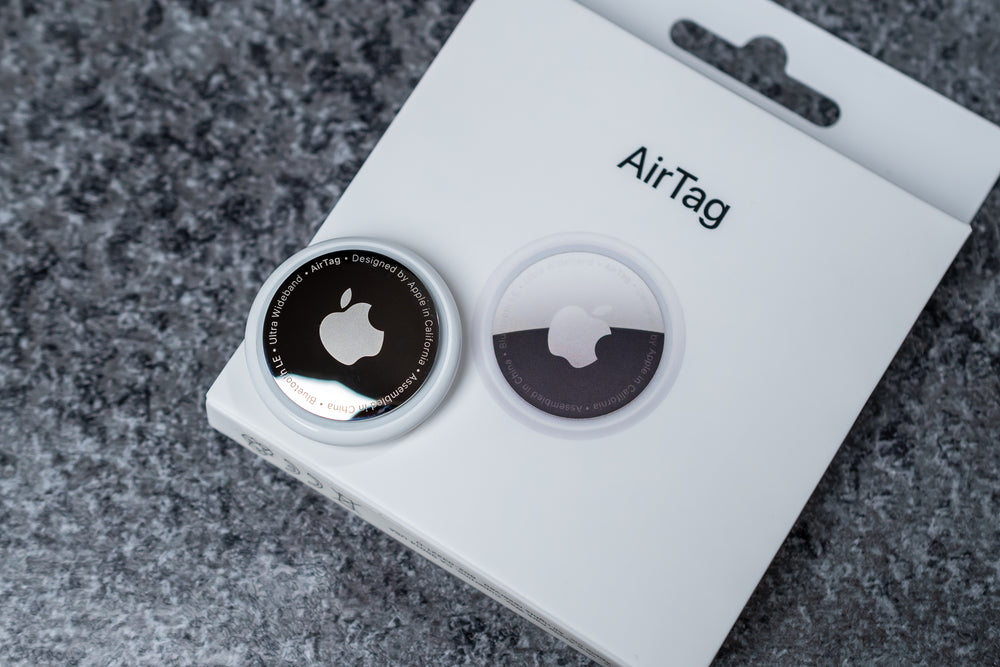
How Far Do Apple AirTags For Dogs Reach?
Apple AirTags are gaining popularity among pet owners as an affordable and effective tracking solution. With their sleek design and seamless integration with Apple’s ecosystem, they offer a convenient way to keep tabs on our furry companions. But how far do Apple AirTags reach, and are they a reliable tool for ensuring our pets' safety? Let’s get into the specifics of AirTag range, functionality, and how they can be used effectively for pet tracking.
Understanding Apple AirTag Range
Apple AirTags are small, coin-shaped devices that use Bluetooth technology to help you locate lost items or, in this case, track your dog. The typical Bluetooth range for an AirTag is up to 800 feet or around 240 meters under optimal conditions. However, this range can vary depending on factors such as physical obstructions and environmental conditions.
AirTags work best in open spaces where there are fewer obstacles to block the signal. While the range might be sufficient for tracking your dog in a park or a large backyard, it’s important to understand the limitations imposed by the surrounding environment and the density of nearby Apple devices.
How Apple AirTags Work for Tracking Pets
When you attach an Apple AirTag to your dog’s collar, it begins communicating its location via Bluetooth to nearby Apple devices within range. These devices then relay the location information to your iPhone through the Find My network. This process is facilitated by a vast network of Apple devices that act as anonymous location beacons.
In urban areas, where Apple devices are plentiful, the AirTag can quickly update its location, making it easier to find your pet. However, in rural areas with fewer Apple devices, the tracking might not be as efficient or immediate, highlighting the importance of device density in effective tracking.
Factors Influencing AirTag Range and Accuracy
Several factors can impact the range and accuracy of Apple AirTags. Physical barriers such as buildings, walls, and dense foliage can obstruct the Bluetooth signal, reducing the effective range. Environmental factors like weather conditions can also play a role.
For instance, heavy rain or snow can interfere with the signal, potentially diminishing the AirTag's reach. Moreover, the battery life of the AirTag, which lasts about a year under normal use, can affect its performance over time. Regularly checking and replacing the battery ensures consistent functionality.
Enhancing AirTag Effectiveness for Pet Tracking
To enhance the effectiveness of AirTags for tracking dogs, you should consider using them in conjunction with other tracking methods. For instance, combining AirTags with GPS-based collars can provide a more comprehensive tracking solution.
GPS collars offer wider coverage and real-time tracking, making them suitable for long-distance tracking. While AirTags are great for close-range tracking, GPS collars can fill in the gaps when your pets wander beyond the Bluetooth range of AirTags.
Real-World Applications and Limitations
In real-world scenarios, Apple AirTags demonstrate optimal effectiveness in environments where there is a high density of Apple devices. For instance, if your dog runs off in a crowded park, a busy neighborhood, or an urban area, the likelihood of the AirTag being detected by nearby Apple devices is significantly increased. However, the effectiveness of AirTags diminishes in less populated or rural areas, where fewer Apple devices are present to relay location data.
In such environments, the AirTag may not provide timely or frequent updates, potentially causing delays in locating your pet. Additionally, locations with poor cellular coverage can further hinder the AirTag's ability to communicate its position, as the information relay relies on a network connection to update your device.
Tips for Using AirTags with Dogs
To get the most out of using AirTags for your dogs, it’s essential to take a few precautions. Ensure the AirTag is securely attached to the collar to prevent it from getting lost. Regularly check the battery status to avoid unexpected power loss. It’s also helpful to familiarize yourself with the Find My app and how to activate Lost Mode in case your pet goes missing. By staying proactive and using AirTags as part of a broader pet safety strategy, you can effectively keep track of your furry friends and ensure their well-being.
Exploring the potential and limitations of Apple AirTags allows us to make informed decisions about their use in pet tracking, which is crucial for ensuring the security and well-being of our beloved dogs. Apple AirTags offer a unique and user-friendly way to keep an eye on our pets, especially in environments where their range is most effective, such as urban areas with a high density of Apple devices. By understanding both the strengths and weaknesses of these tracking devices, we can better appreciate how they fit into a broader strategy for pet safety.



